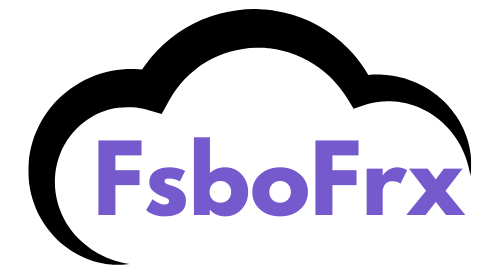A TNA (Task, Needs, Action) board is an organizational tool designed to streamline workflows, enhance team collaboration, and track progress. It visually represents tasks, their priorities, and associated actions, making it easier for teams to achieve their goals effectively.
Why Is a TNA Board Important?
TNA bords are vital for managing team dynamics and ensuring tasks are completed on time. They help identify bottlenecks, encourage accountability, and create transparency within teams.
Key Components of a TNA Board
Task Section: Lists all tasks that need attention.
Needs Section: Highlights resources or support required.
Action Section: Specifies steps for task completion.
How Does a TNA Board Work?
A TNA board is divided into three main columns: Task, Needs, and Action. Tasks are listed first, followed by resources or inputs needed, and finally, the steps or actions to execute the task.
Benefits of Using a TNA Board
Enhanced Clarity: Provides a clear overview of responsibilities.
Improved Accountability: Ensures everyone knows their role.
Streamlined Workflows: Reduces miscommunication and redundancy.
TNA Board vs. Kanban Board
While both tools organize workflows, TNA boards focus on resource needs and actionable steps, whereas Kanban boards emphasize task status (e.g., “To Do,” “In Progress,” “Done”).
How to Create an Effective TNA Board
Choose a Platform: Use physical boards or digital tools like Trello.
Define Categories: Set up columns for Tasks, Needs, and Actions.
Assign Roles: Allocate responsibilities to specific team members.
Best Practices for Managing a TNA Board
Regular Updates: Keep the board updated with progress.
Team Meetings: Use the board as a discussion tool during meetings.
Simplicity: Avoid clutter to maintain focus on priorities.
TNA Bord for Remote Teams
TNA bords are particularly useful for remote teams, as they bridge communication gaps. Digital versions ensure everyone stays aligned, no matter their location.
Industries Benefiting from TNA Bards
From software development to marketing and education, TNA bords are versatile and can be adapted for various industries.
Common Mistakes to Avoid
Overloading the Board: Too many details can overwhelm users.
Neglecting Updates: Outdated boards lose effectiveness.
Skipping Reviews: Regular reviews ensure alignment with goals.
TNA Boards for Personal Use
Individuals can use TNA boards to organize their daily tasks, manage resources, and plan actionable steps toward personal goals.
How to Train Your Team on Using TNA Boards
Conduct Workshops: Explain the board’s purpose and usage.
Provide Templates: Offer ready-made templates for practice.
Encourage Feedback: Adjust the board based on team input.
The Role of Technology in TNA Boards
Digital tools enhance TNA boards by offering real-time collaboration, integration with other apps, and analytics to track performance.
Real-Life Examples of TNA Boards
Project Management: Mapping deliverables for timely execution.
Event Planning: Coordinating tasks, resources, and schedules.
Education: Organizing lesson plans and required materials.
Conclusion
A TNA board is more than just a task tracker—it’s a comprehensive tool for improving team collaboration and productivity. By focusing on tasks, resource needs, and actionable steps, it ensures every project runs smoothly.
FAQs
What’s the difference between TNA and Kanban boards?
TNA boards emphasize resources and actions, while Kanban focuses on task progress.
Can TNA boards be used for personal tasks?
Yes, they are excellent for personal task organization and goal planning.
What tools can I use to create a TNA board?
Tools like Trello, Asana, and Monday.com are popular digital options.
How often should a TNA board be updated?
Update it regularly, preferably after every team meeting or major milestone.
What industries benefit the most from TNA boards?
Industries like project management, marketing, and education frequently use TNA boards to enhance efficiency.

